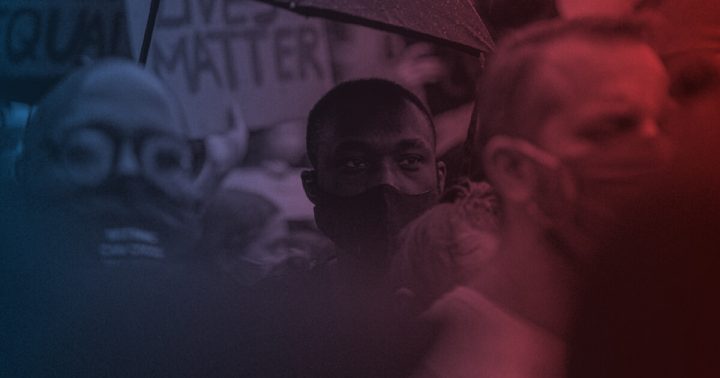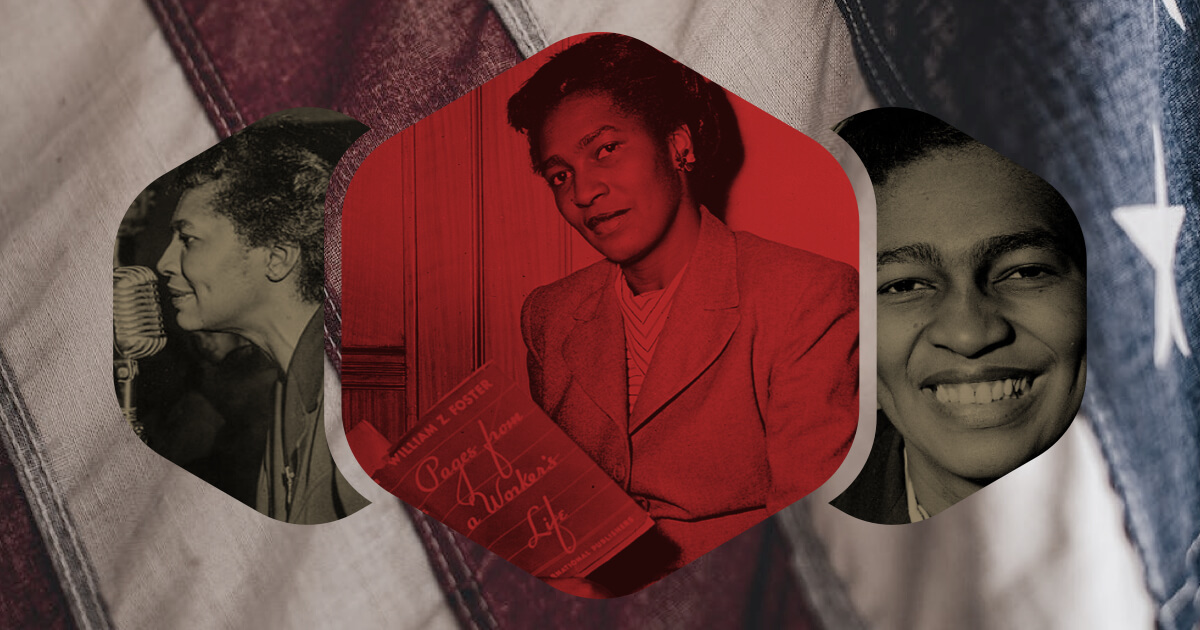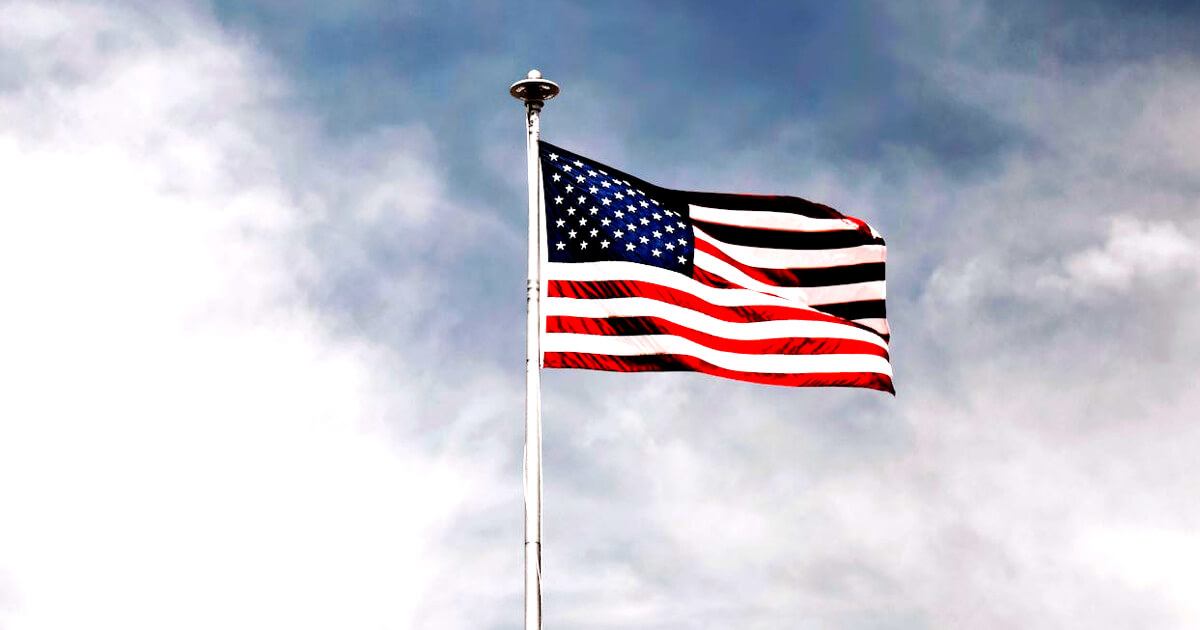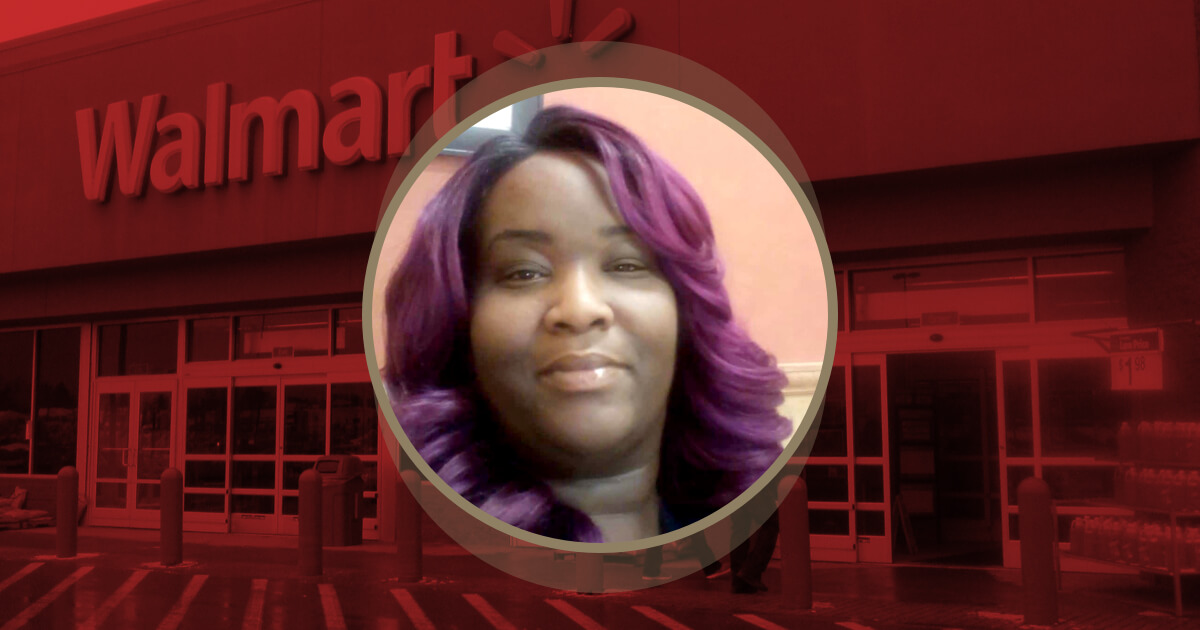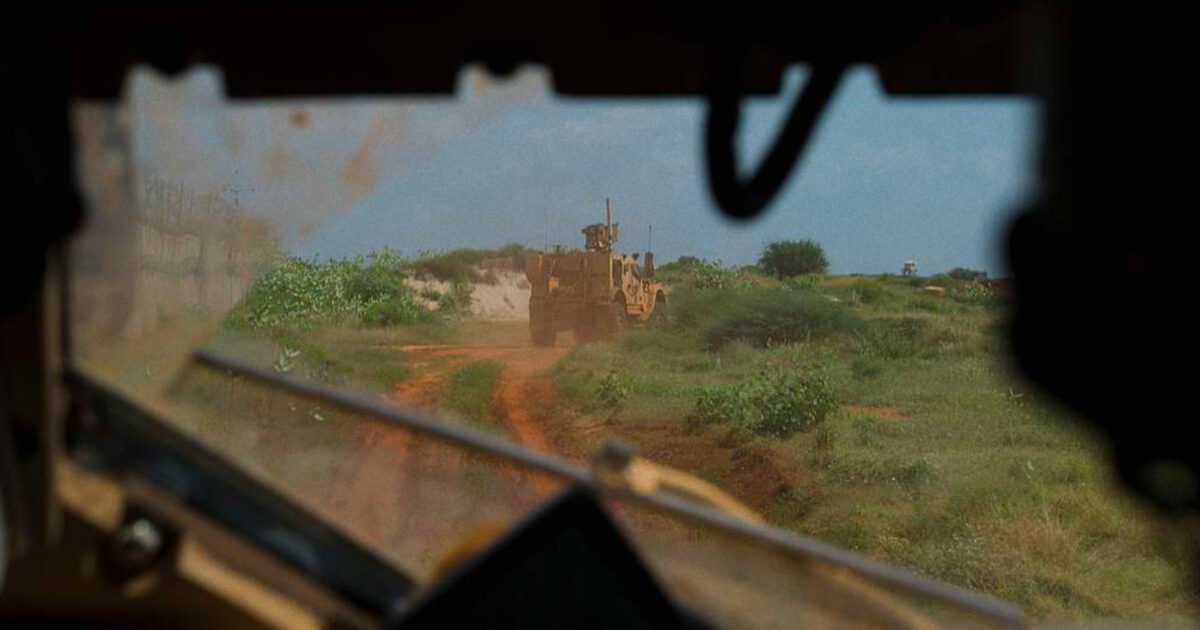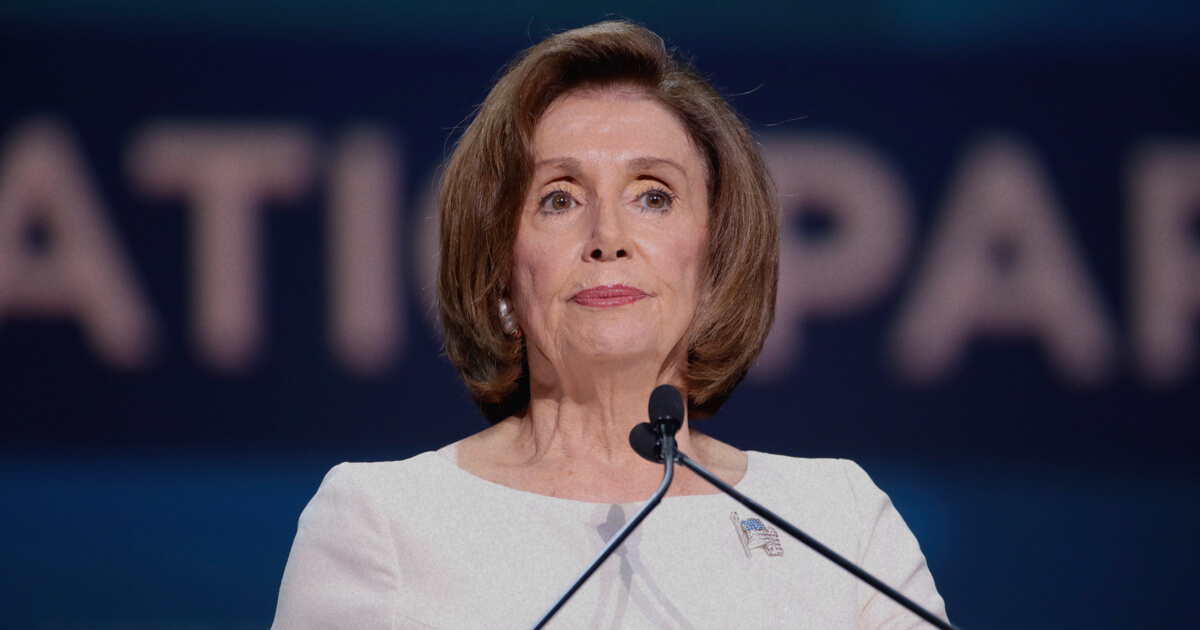A worker at the International Paper mill in Prattville, Alabama, was performing routine maintenance on a paper-making machine in mid-June when he discovered liquid in a place it didn’t belong.
He stopped work and reported the hazard, triggering an inspection that revealed a punctured condensate line leaking water that was hotter than 140 degrees and would have scalded the worker or fellow members of the United Steelworkers (USW). Instead of causing a serious health and safety risk, the leak was repaired without incident.
“We fixed the issue,” recalled Chad Baker, a USW Local 1458 trustee and safety representative. “It took about 30 minutes, and we continued on with our work, and nobody got hurt.”
Unions empower workers to help build safer workplaces and ensure they have the freedom to act without fear of reprisal.
No one knows the dangers of a job better than the people facing them every day. That’s why the USW’s contract with International Paper gives workers “stop-work authority”—the power to halt a job when they identify a threat and resume work after their concerns have been adequately addressed.
“We find smaller issues like that a lot,” Baker said, referring to the leaky condensate line. “Most of the time, they’re handled in a very efficient manner.”
Workers forming unions at Amazon and Starbucks, among other companies, want better wages and benefits. But they’re also fighting for the workplace protections union workers enjoy every day.
Amazon’s production quotas resulted in a shocking injury rate of 6.8 per 100 warehouse workers in 2021. That was more than double the overall warehouse industry rate and 20 percent higher than Amazon’s 2020 record, according to an analysis of data the company provided to the U.S. Occupational Safety and Health Administration.
Driving for Amazon is also perilous. About 20 percent of drivers suffered injuries last year, up 40 percent from 2020, with many of these workers reporting that they felt pressured to take unnecessary risks, like forgoing seat belts and skipping breaks, to meet the company’s relentless delivery schedules.
Unions fight against all of this. They enable workers to hold employers accountable. That’s why Amazon and other companies pull every trick in the book to try to keep workers from organizing.
“We talk. We come up with solutions,” Baker said of Local 1458 members. “It’s kind of hard for the company to disagree with us when we’re all saying the same thing. That commands respect. One of the biggest pluses we have is not being able to be run over.”
Baker is one of seven USW members serving as full-time, company-paid safety representatives at the mill, positions that are shared by Local 1458, which represents maintenance workers, and by Locals 462 and 1978, which represent workers in other jobs.
They make the rounds of the complex every day to look for hazards, communicate with members and address safety issues, noted Local 1458 President Chad Manning.
“You can actually solve the problem when you have the right people involved, who are the people doing the work,” he explained.
After workers expressed concern about shoulder injuries, for example, the union persuaded International Paper to replace the manually operated elevator doors with automatic doors.
Some workers wear heavy insulated suits to protect them from fire, chemical exposure and other dangers. After union members cited mobility constraints in the bulky suits assigned to them, they worked with the manufacturer, who sent representatives to the mill, to design a better version that International Paper ultimately purchased.
With the union’s help, workers also successfully fought for handrails, better lighting and other measures that contribute to a safer workplace and environment.
When incidents occur, unions play a major role in investigations that uncover the root causes and work toward eliminating and controlling the hazards.
Researchers at the University of Minnesota studied data on more than 70,000 workplaces and found that the unionized locations were 30 percent more likely to have experienced state or federal inspections for safety violations. That’s because unions help members understand their rights and protect them from retaliation.
“At the end of the day, it’s the voice. You have one,” Manning observed. “In non-union shops, you don’t have that. You have a good opportunity of being fired if you voice your opinion.”
Unions continually seek new approaches for enhancing health, safety and environment.
Later this year, the USW will hold a series of trainings to bring additional protections to the growing number of members working in hospitals, nursing homes and other health care settings.
These sessions will focus on developing solidarity around safety as well as on hazard identification, incident investigation and holding employers accountable. Then these workers will go back to their workplaces, advocate for their coworkers and encourage them to do the same.
“Everybody has something to bring to the table,” explained Melissa Borgia, a member of USW Local 7600, which represents thousands of workers at Kaiser Permanente facilities in southern California.
Borgia, who works in membership administration at Kaiser, volunteered to help implement the program because of the pandemic, assaults on health care workers and other dangers her coworkers face.
“There is no better time than now,” she said. “This is where the spotlight is.”
In Prattville, soaring summer temperatures in the last week of June exacerbated the threat of heat stress at the paper mill.
Baker collaborated with the company to purchase tens of thousands of dollars in cooling fans, and now, union safety representatives will continue to monitor conditions and keep workers safe.
“We try to work together,” Baker said of management. “Everyone wins when we’re safer.”
This article was produced by the Independent Media Institute.


